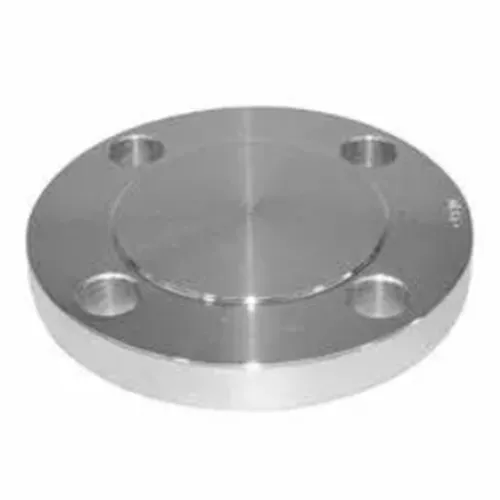-
Cangzhou Yulong Steel Co., Ltd.
-
Phone:
+86 13303177267 -
Email:
admin@ylsteelfittings.com
- English
- Arabic
- Italian
- Spanish
- Portuguese
- German
- kazakh
- Persian
- Greek
- French
- Russian
- Polish
- Thai
- Indonesian
- Vietnamese
- Zulu
- Korean
- Uzbek
- Hindi
- Serbian
- Malay
- Ukrainian
- Gujarati
- Haitian Creole
- hausa
- hawaiian
- Hebrew
- Miao
- Hungarian
- Icelandic
- igbo
- irish
- Japanese
- Javanese
- Kannada
- Khmer
- Rwandese
- Afrikaans
- Albanian
- Amharic
- Armenian
- Azerbaijani
- Basque
- Belarusian
- Bengali
- Bosnian
- Bulgarian
- Catalan
- Cebuano
- China
- China (Taiwan)
- Corsican
- Croatian
- Czech
- Danish
- Esperanto
- Estonian
- Finnish
- Frisian
- Galician
- Georgian
- Kurdish
- Kyrgyz
- Lao
- Latin
- Latvian
- Lithuanian
- Luxembourgish
- Macedonian
- Malgashi
- Malayalam
- Maltese
- Maori
- Marathi
- Mongolian
- Myanmar
- Nepali
- Norwegian
- Norwegian
- Occitan
- Pashto
- Dutch
- Punjabi
- Romanian
- Samoan
- Scottish Gaelic
- Sesotho
- Shona
- Sindhi
- Sinhala
- Slovak
- Slovenian
- Somali
- Sundanese
- Swahili
- Swedish
- Tagalog
- Tajik
- Tamil
- Tatar
- Telugu
- Turkish
- Turkmen
- Urdu
- Uighur
- Welsh
- Bantu
- Yiddish
- Yoruba

Sep . 22, 2024 10:08 Back to list
en1092
EN 1092 is an European standard that outlines specifications for flanges, which are key components in piping systems. Flanges are mechanical components used to connect piping systems together, allowing for easy assembly and disassembly of pipelines. They serve as a critical connection point in various industrial applications, including oil and gas, chemical processing, and water treatment.
The EN 1092 standard is vital because it provides guidelines for different types of flanges, ensuring that they meet international quality and safety standards. This standard encompasses various flange designs, including those made from carbon steel, stainless steel, and other materials. The specifications ensure that flanges can withstand the operational parameters and environmental conditions they will encounter, thereby ensuring the integrity and safety of piping systems.
.
Furthermore, EN 1092 contains information on various flange types, including slip-on, weld neck, blind, and socket weld flanges. Each flange type has its unique features and applications. For instance, slip-on flanges are typically used when ease of installation is a priority, while weld neck flanges are preferred in high-pressure applications due to their superior strength. Understanding the application and characteristics of each type is crucial for effective piping system design.
en1092

Another significant aspect of EN 1092 is its emphasis on testing and quality assurance. Manufacturers are required to perform rigorous tests to ensure that the flanges meet the specified mechanical properties and comply with safety standards. This includes tests for mechanical strength, pressure resistance, and corrosion resistance, ensuring reliable performance in demanding environments.
In addition to technical specifications, EN 1092 promotes interoperability among European nations. By having a standardized protocol, it facilitates trade and commerce, allowing manufacturers and suppliers to produce and supply flanges that are accepted across multiple countries. This standardization reduces the risk of incompatibility and enhances the overall efficiency of project execution.
As industries worldwide increasingly prioritize sustainability and efficiency, the importance of adhering to standards such as EN 1092 becomes more relevant. The use of properly designed and manufactured flanges not only improves the reliability of piping systems but also contributes to the overall safety of operations. It ultimately affects the bottom line, as fewer failures lead to reduced downtime and maintenance costs.
In conclusion, EN 1092 is a crucial standard in the realm of flanges, providing a comprehensive framework for their design, manufacturing, and application. By adhering to these standards, industries can ensure the safety, reliability, and efficiency of their piping systems, which is fundamental in today’s complex industrial environment. As technology evolves, ongoing updates to standards like EN 1092 will continue to play an essential role in shaping the future of engineering practices.
Latest news
-
ANSI 150P SS304 SO FLANGE
NewsFeb.14,2025
-
ASTM A333GR6 STEEL PIPE
NewsJan.20,2025
-
ANSI B16.5 WELDING NECK FLANGE
NewsJan.15,2026
-
ANSI B16.5 SLIP-ON FLANGE
NewsApr.19,2024
-
SABS 1123 FLANGE
NewsJan.15,2025
-
DIN86044 PLATE FLANGE
NewsApr.19,2024
-
DIN2527 BLIND FLANGE
NewsApr.12,2024
-
JIS B2311 Butt-Welding Fittings LR/SR 45°/90° /180°Seamless/Weld
NewsApr.23,2024











